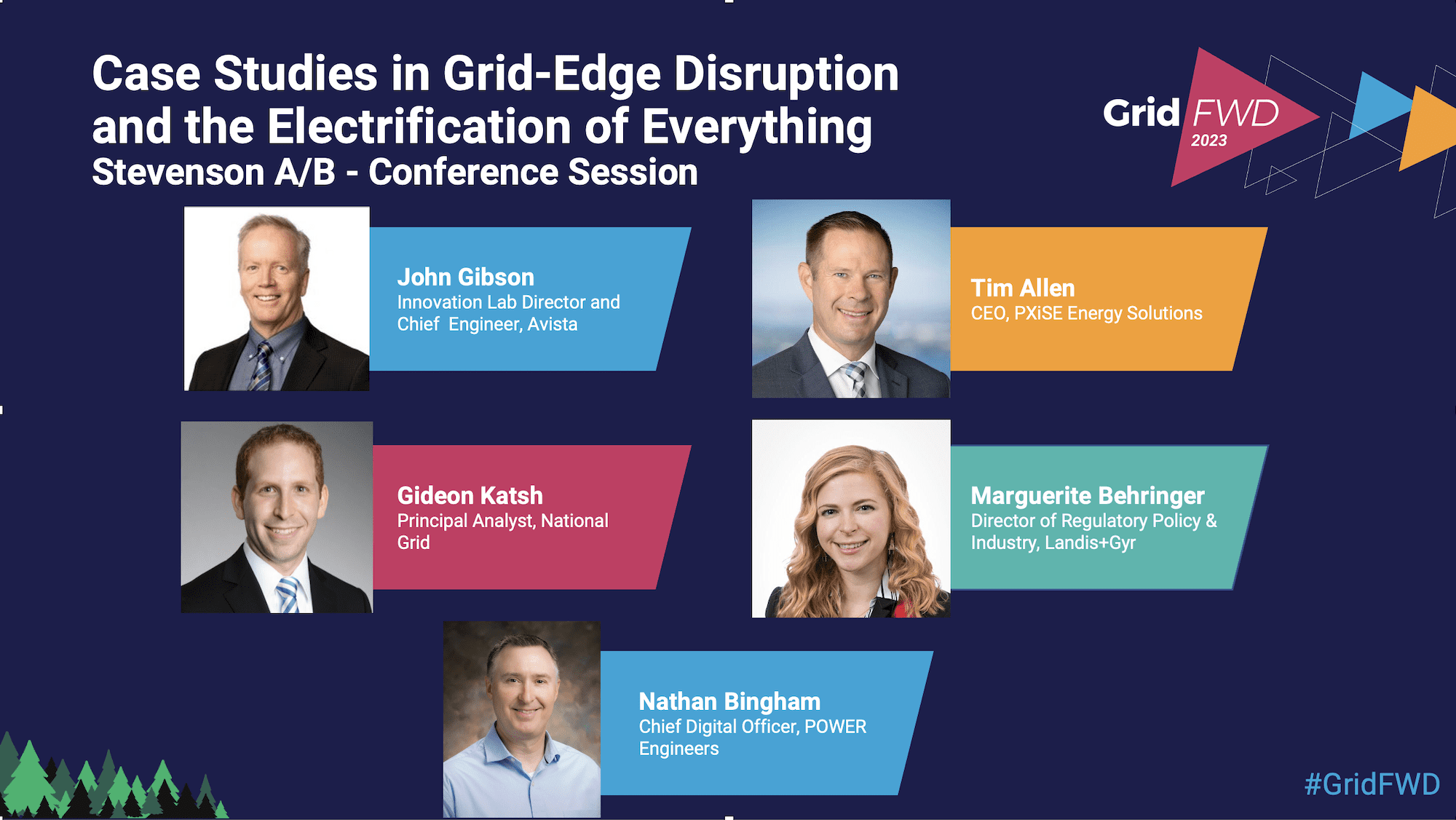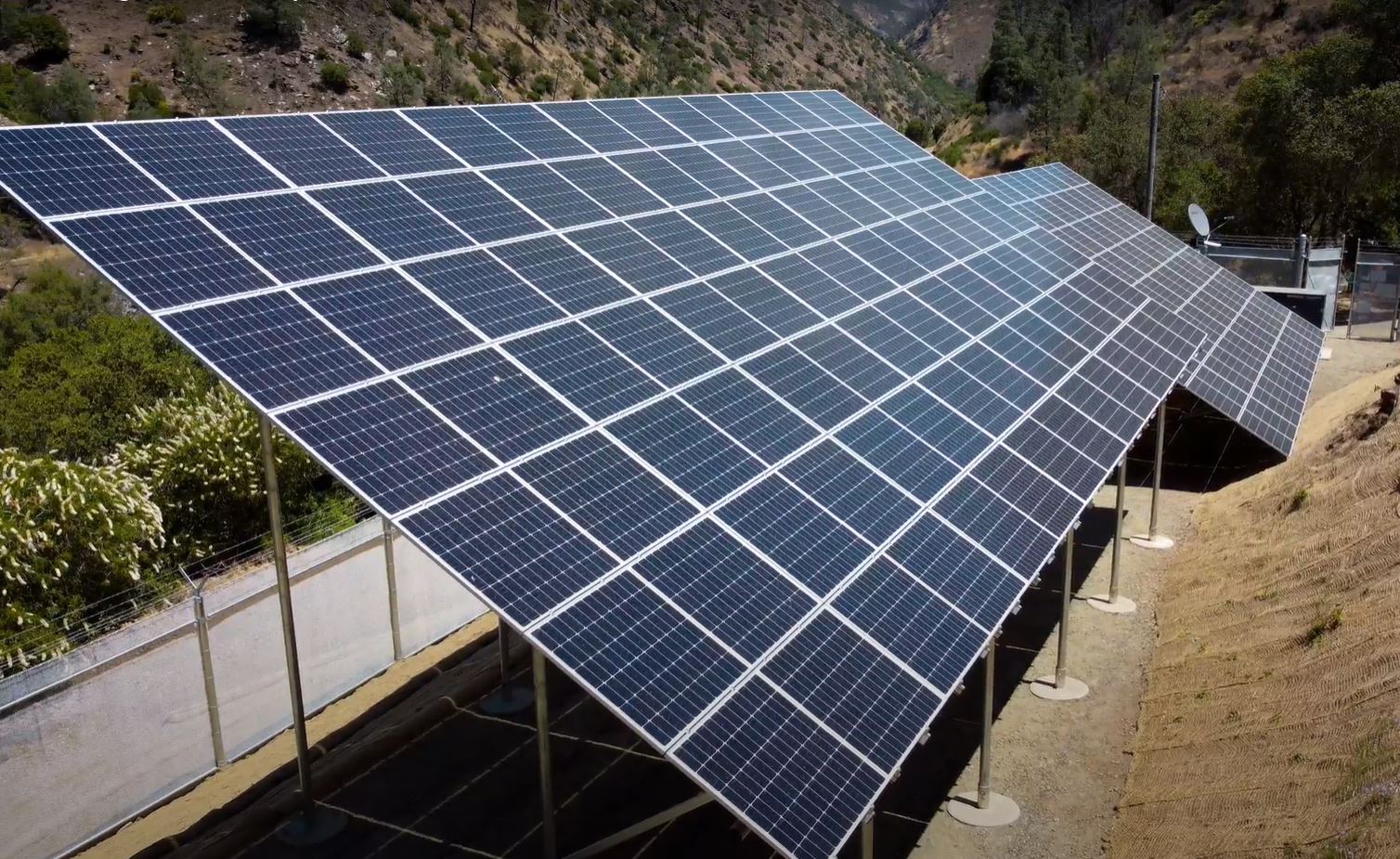Grid resiliency was the central topic of the 2022 GridFWD conference in Denver, Colorado. The 2023 conference is coming back to the Pacific Northwest this year and building on the previous one with the focus on advancing the electric grid by embracing disruptions.
As more states set ambitious decarbonization targets, the integration of variable renewable resources in the power system, together with an increase in the frequency of extreme weather events and wildfires, increases the need for greater grid resiliency. The increasing penetration of distributed energy resources (DERs) in the system can exacerbate the problem if the load from these assets is not managed. On the other hand, DERs can be part of the solution if used correctly, which requires deployment of controls, managed charging and optimization of dispatch to meet both customer and grid needs, including reducing risk associated with power quality issues (voltage anomalies and overloads).
In particular, there is one incoming DER load that has folks in the electricity sector concerned, and that is electric vehicles (EVs). When accounting for the Inflation Reduction Act (IRA) funding, BloombergNEF forecasts that more than half (52%) of passenger cars sales will be electric vehicles by 2030.[1] The increasing number of EVs on the road will put extra pressure in a grid system, compounded by increasing loads from electrification of buildings and other types of transport (buses, medium- and heavy-duty vehicles).
Read the rest of the article on the Cadeo site >
Grid Forward thanks Cadeo for covering this topic from GridFWD 2022 in Denver, Colorado.



